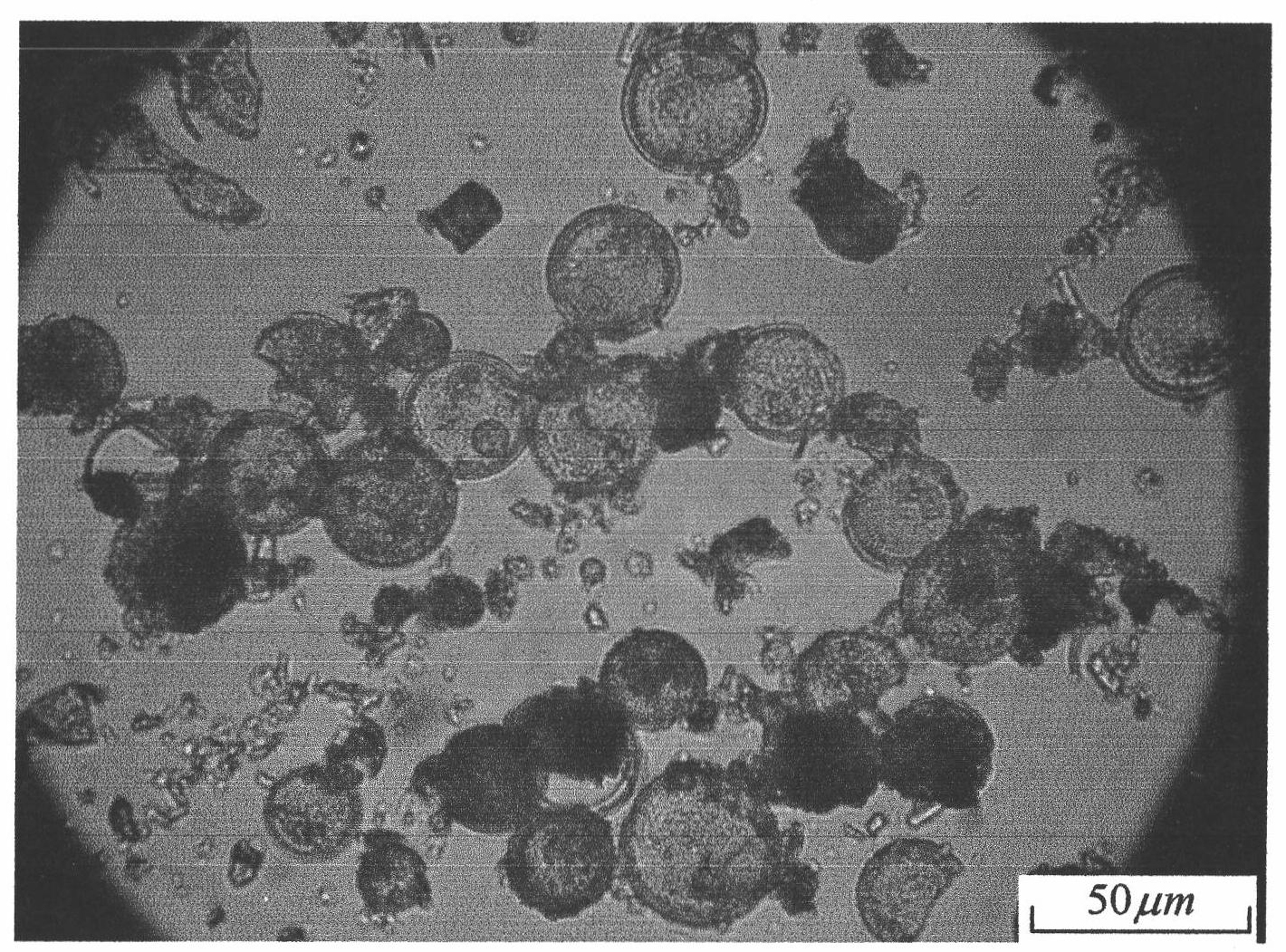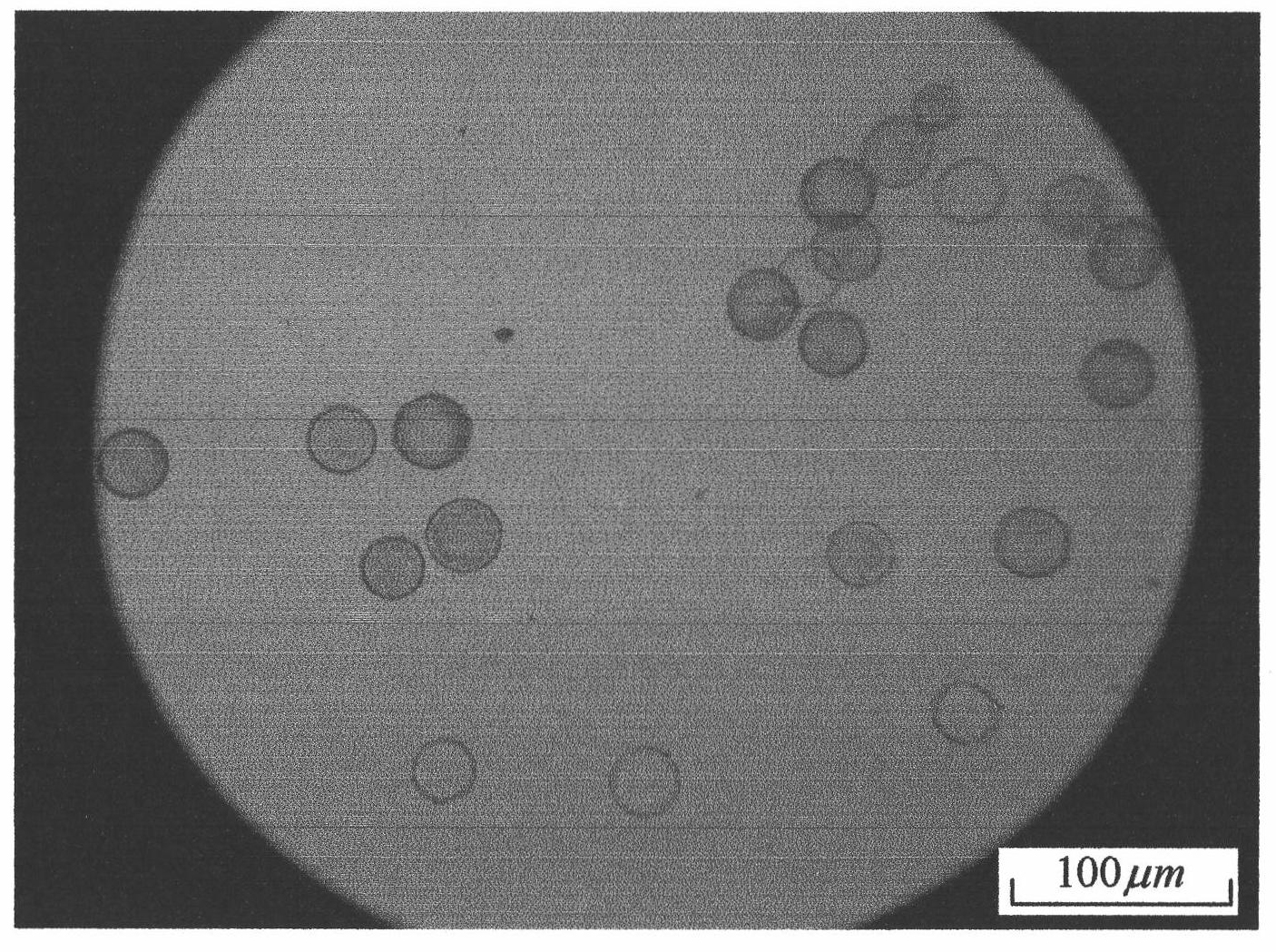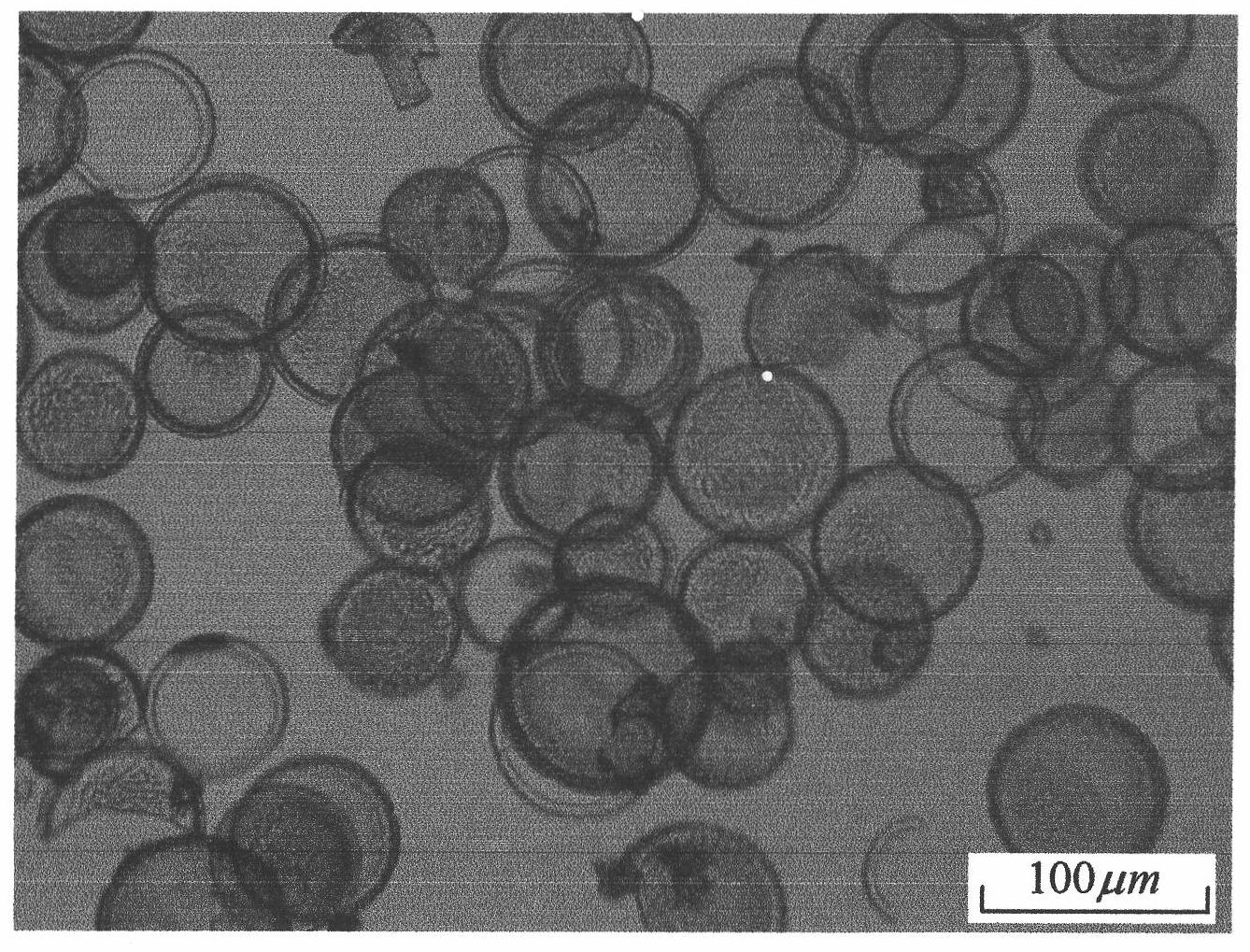Method for separating and extracting shell pieces and clitellum from kieselguhr or diatoms
A diatomaceous earth and diatom technology, applied in the direction of silicon oxide, silicon dioxide, etc., can solve the problems of no adsorption capacity and small specific surface area, and achieve the effect of easy operation
- Summary
- Abstract
- Description
- Claims
- Application Information
AI Technical Summary
Problems solved by technology
Method used
Image
Examples
Embodiment 1
[0078] Example 1 Separation and extraction of round sieve frustules and rings from C292 type diatomite
[0079] Use Guangdong Shantou to produce C292 type diatomite (its appearance is as follows figure 1 As shown), the particle size is 20 mesh, and its raw materials are all soil ore formed by the remains of diatoms, and the organic matter has long been decomposed.
[0080] 1. Pretreatment of C292 diatomite
[0081] Put the C292 type diatomite into a glass container, add absolute ethanol with a mass percentage concentration of 95%, and ultrasonically clean it for 30 minutes under the conditions of a power of 800W and a working frequency of 25KHz, and then use a filter cloth with a pore size of 20μm for separation. The upper layer of the filter cloth is the silicon shell;
[0082] Dosage: Add 100ml of absolute ethanol to 1g of diatomaceous earth.
[0083] In the present invention, a microscope can be used to observe that the siliceous shell is a silicate shell of the sieve ...
Embodiment 2
[0094] Example 2 Separation and extraction of round sieve shells and rings from straight-chain algae diatomite in Shengzhou, Zhejiang
[0095] Use Zhejiang Shengzhou linear algae diatomite (its shape is as follows figure 2 As shown), the particle size is 200 mesh, and its raw materials are all soil ore formed by the remains of diatoms, and the organic matter has long been decomposed.
[0096] 1. Pretreatment of linear algae diatomite in Shengzhou, Zhejiang
[0097] Put Zhejiang Shengzhou straight-chain algae diatomite into a glass container, add absolute ethanol with a mass percentage concentration of 95%, and place the glass container in an ultrasonic cleaning machine for ultrasonic cleaning at a power of 1000W and a working frequency of 40KHz After 15 minutes, use a filter cloth with a pore size of 10 μm for separation, and the upper layer of the filter cloth is the siliceous shell;
[0098] Dosage: Add 80ml of absolute ethanol to 1g of diatomaceous earth.
[0099] In th...
Embodiment 3
[0112] Example 3 Isolation and Extraction of Sclera and Rings from Bentia basilis
[0113] 1. Diatom inactivation and removal of organic matter treatment steps
[0114] (A) the bent algae (such as image 3 Shown) put into the sulfuric acid that mass percent concentration is 70% and mix to obtain diatom suspension;
[0115] Dosage: Add 50ml of sulfuric acid to 1g of algae;
[0116] (B) putting the diatom suspension into a centrifuge after being incubated at a temperature of 90° C. for 40 minutes; centrifuging at a speed of 6000 r / min for 15 minutes, taking it out, and removing the supernatant to obtain the first mixture;
[0117] (C) adding deionized water to the first mixture, centrifuging at a speed of 6000r / min for 8min, taking it out, removing the supernatant to obtain the second mixture;
[0118] Dosage: Add 40ml of deionized water to 10ml of the first mixture;
[0119] (D) adding deionized water to the second mixture, centrifuging at a speed of 6000r / min for 8min, t...
PUM
| Property | Measurement | Unit |
|---|---|---|
| Particle size | aaaaa | aaaaa |
| Particle size | aaaaa | aaaaa |
Abstract
Description
Claims
Application Information
 Login to View More
Login to View More - R&D
- Intellectual Property
- Life Sciences
- Materials
- Tech Scout
- Unparalleled Data Quality
- Higher Quality Content
- 60% Fewer Hallucinations
Browse by: Latest US Patents, China's latest patents, Technical Efficacy Thesaurus, Application Domain, Technology Topic, Popular Technical Reports.
© 2025 PatSnap. All rights reserved.Legal|Privacy policy|Modern Slavery Act Transparency Statement|Sitemap|About US| Contact US: help@patsnap.com



